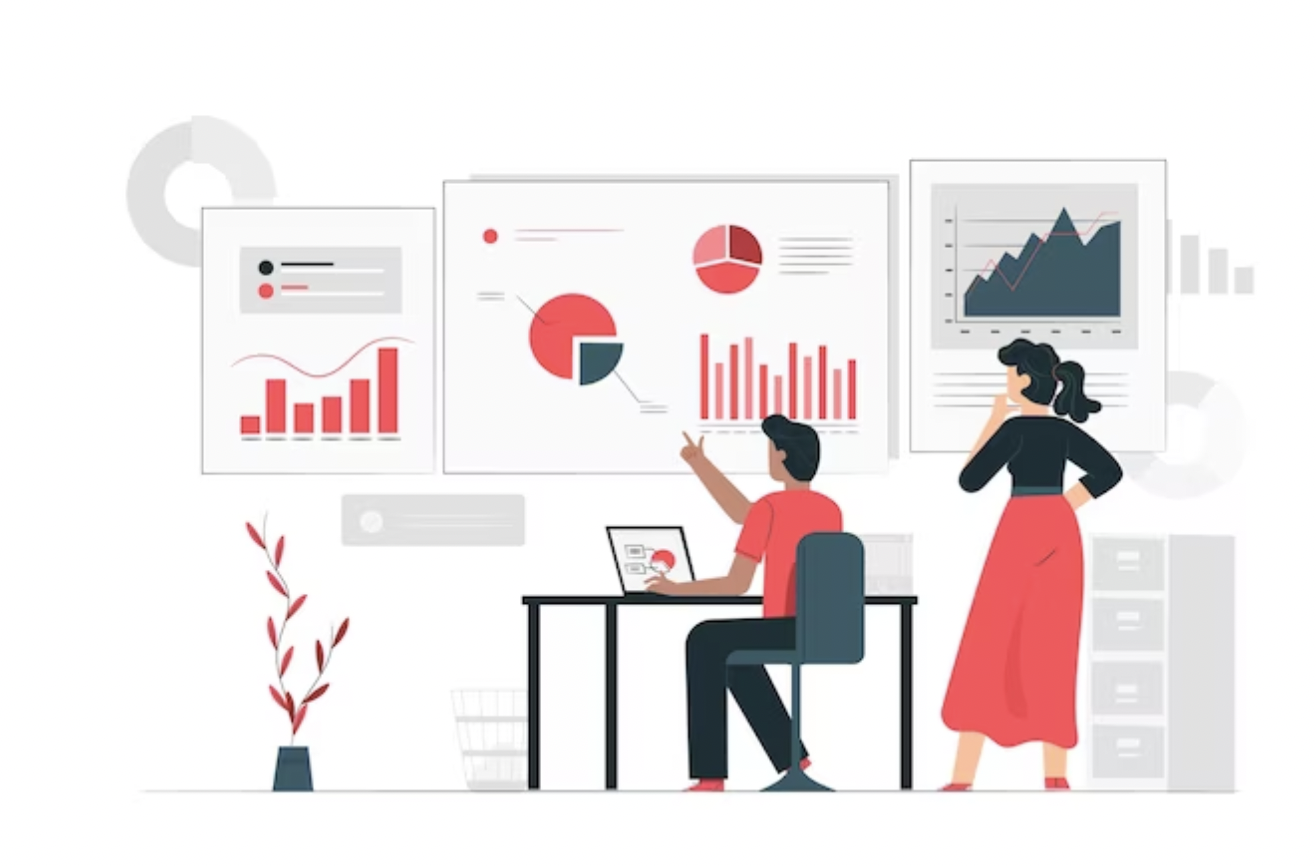Introduction
The ability to predict future events and trends is of crucial importance across industries. The predictions could be for the near future – predicting the malfunction of a piece of machinery during the course of that week, or for the distant future, such as predicting company’s cash flows for the upcoming year.
Here-in comes Predictive Analytics which uses historical data to predict useful trends and events to help guide important decisions. The process can be carried out manually or by using machine learning algorithms. This kind of analysis appears more often than one might assume – from weekly weather forecasts to algorithm-enabled medical advancements.
The importance of this field can be gauged from this Fortune Business Insights statement “the global predictive analytics market size is projected to grow from $14.71 billion in 2023 to $67.66 billion by 2030”.
How to build a Predictive Analytics Framework ?
Define the problem: What are the requirements ? Do you want to detect an imminent fraud ? What is the goal ? Do you want to determine optimal inventory levels for the holiday shopping season ? Defining the problem will help determine what method of predictive analytics should be used.
Acquire and organize data: There may be two types of data with the organization – historical and ongoing. Before predictive analytics models can be developed, data flows must be identified, and then organized in a repository such as a data warehouse.
Pre-process data: Raw data is not of much use by itself. To prepare the data for the predictive analytics models, it should be first cleaned to remove anomalies, missing data points, and extreme outliers, any of which might be the result of an input error.
Develop Predictive Models: Some of the commonly used predictive models are machine learning, regression and decision tree. Depending on the type of dataset and the problem to be solved, an appropriate model can be chosen.
Validate and deploy results: On obtaining the first results one should check the accuracy of the model, make adjustments and re-run it. Once acceptable results have been achieved, they should be made available to stakeholders via app, website, or data dashboard.
Types of Predictive Modelling
Predictive Models are classified into three types:
Classification Models: These models come under supervised machine learning. They categorize data based on their training data. For example, classifying customers into groups for targeted selling. Alternatively, these models can also be used to answer questions with binary outputs – yes or no or true and false. For instance, for fraud detection and credit risk evaluation. The types of classification models used include logistic regression, decision trees, random forest, neural networks, and Naïve Bayes.
Clustering Models: These models fall under the category of unsupervised learning. They look for similarities in data and group them together in clusters, without training. Common clustering algorithms include k-means clustering, mean-shift clustering, density-based spatial clustering of applications with noise (DBSCAN), expectation-maximization (EM) clustering using Gaussian Mixture Models (GMM), and hierarchical clustering.
Time Series Models: These models analyze the frequency of events on an hourly, daily, weekly or monthly basis. They plot the dependent variable over time to get an idea of the seasonality, trend or cyclicality of the phenomenon. As an example, a call center can use a time series model to forecast how many calls it will receive in a selected hour during the day. Some time series models used for analysis are Autoregressive (AR), moving average (MA), ARMA, and ARIMA.
Use Cases of Predictive Analytics in Industry
- In the Banking Sector, credit risk can be predicted and imminent fraud can be detected using machine learning and other quantitative tools. Critical events detected can trigger warnings
- In the Healthcare Sector, predictive analytics is used to detect and manage the care of chronically ill patients. A time series model to study illness flare-ups is useful here
- In the Human Resources Department, recruiting teams use predictive analytics and employee survey metrics to match prospective job applicants, reduce employee turnover and increase employee engagement.
- In Marketing and Sales, performance reports are generated from historical sales data to prepare business strategies
- In the Operations and Supply Chains Department, predictive analytics is used to determine how much to manufacture so that customer demands can be met without overstocking the warehouse
Final Note
The goal of predictive analytics is first to make predictions about future events and then to use those predictions for improved decision-making. This method is used in a variety of industries including finance, healthcare, marketing, and retail. The different types of models used are Classification, Clustering and Time Series Models.
The benefits to using Predictive Analytics include enhanced security, reduced risk, operational efficiency and improved decision making. Security is enhanced by identifying specific patterns associated with suspicious and unusual behavior so that security procedures can be triggered. For risk reduction companies carry out predictive analytics to better understand the adequacy of their insurance coverage. Operational Efficiency is improved due to insight into the breakdown and replacement cycles of machine components. Improved decision-making is established by analysis of real-life performance and data. Thus the advantages of predictive analytics make it an attractive tool for many enterprises.
Image Sourced from Freepik
